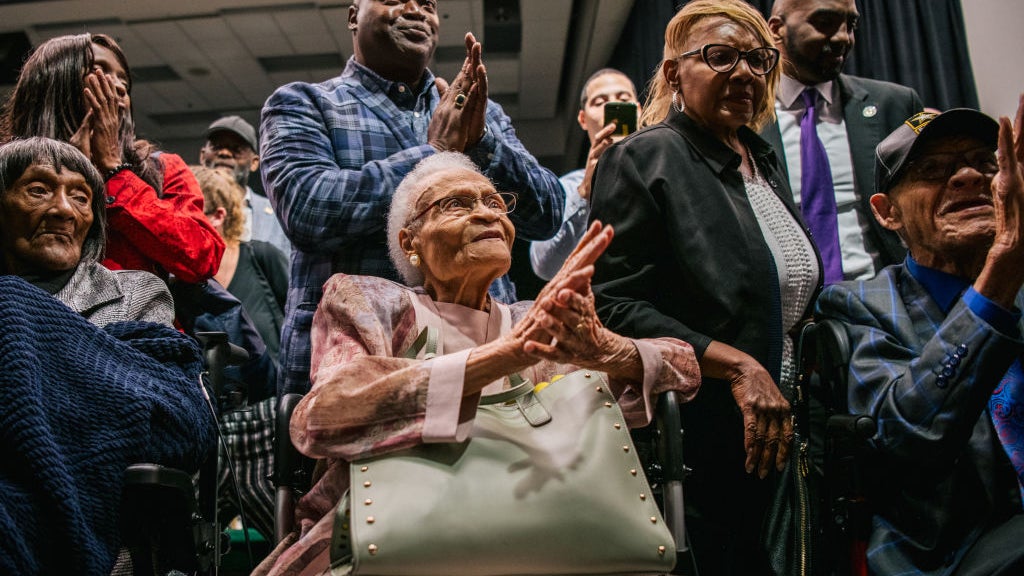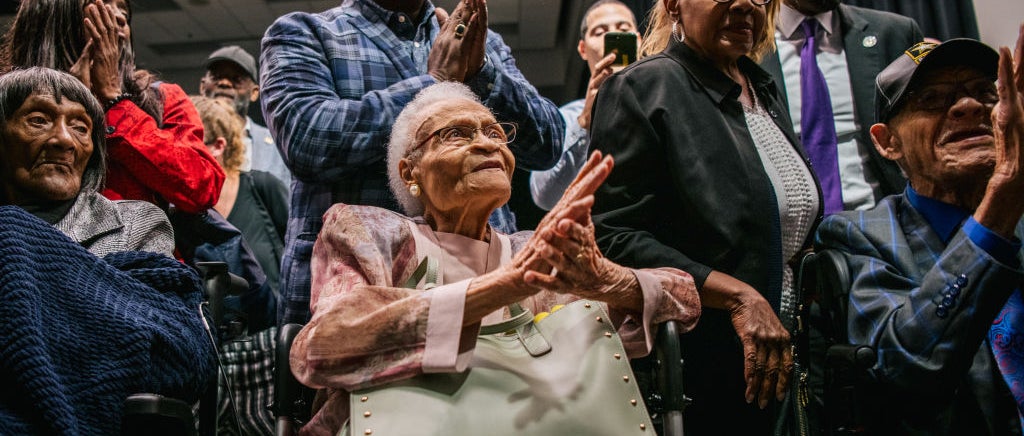Bodies of possible victims will be exhumed for testing in hopes of finding descendants of the 1921 racially charged massacre in Tulsa.
Scientists and a public oversight committee is investigating the 1921 Tulsa Race Massacre in an effort to identify additional victims of the attacks.
This investigation is part of an ongoing effort to connect them to living descendants.
The Tulsa Massacre, one of the worst acts of racial violence in the U.S., occurred when a white mob came to Greenwood — a predominantly Black and affluent neighborhood in Tulsa locally known as "Black Wall Street” — and attacked residents.
The attack included the destruction of about 35 blocks of homes and businesses, with the violence erupting after a 19-year-old Black male was arrested for allegedly assaulting a 17-year-old white woman in an office building.
According to CBS, the committee recently shared updated plans this week, including extracting more DNA from recently reburied remains and searching new sites for more bodies.
Last year, remains in Oaklawn Cemetery were found and exhumed for DNA testing. The bodies were temporarily reburied and the group plans to extract additional DNA soon, according to a report issued Tuesday to the 1921 Graves Investigation Public Oversight Committee.
The group shared in the report that it also intends to search additional sites for more bodies.
According to the report by state archaeologist Kary Stackelbeck and forensic anthropologist Phoebe Stubblefield, the remains will be reburied in the same locations.
"We are already making preparations," Stubblefield said. "We don't have a date, but we hope to be there this fall."
According to CBS, the search for the graves of the massacre victims began in 2020. The efforts continued last year, and almost three dozen coffins containing the remains of possible victims were recovered.
Historians who have studied the event estimate the death toll to be between 75 and 300. At this point, none of the remains recovered have been confirmed as victims of the massacre, according to the outlet.
Victims were never compensated, but according to CBS, a pending lawsuit seeks reparations for the three remaining known survivors of the violence — Viola Fletcher, Hughes Van Ellis and Lessie Benningfield — as well as other descendants.
According to the lawsuit, “the defendants” allege the exploitation of death, destruction and disparities they created ... have resulted in their unjust enrichment at the expense of these communities."
The city of Tulsa has argued that it should not be ordered to pay reparations because its current residents did not participate in the massacre, according to the CBS.







